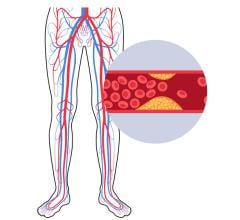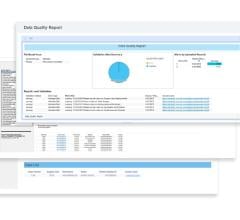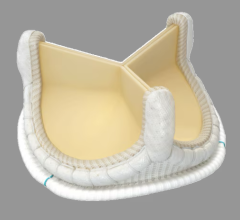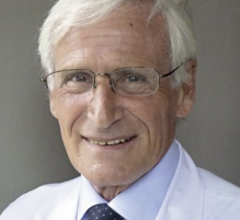
October 11, 2013 —The Society for Cardiovascular Angiography and Interventions (SCAI) assembled a panel that has proposed new criteria for identifying patients who experience a heart attack after coronary angioplasty or bypass surgery. The new criteria and their implications for patient care are detailed in an expert consensus document e-published in Catheterization and Cardiovascular Interventions (CCI) and the Journal of the American College of Cardiology (JACC).
By focusing specifically on post-procedure heart attacks that have the potential to influence a patient’s clinical outcomes, the new definition may improve not only patient care but also the way heart procedures are evaluated for quality and effectiveness.
“This definition of heart attack would better identify those patients with true complications after angioplasty or bypass surgery who require urgent action, better reflect the quality of these procedures and inform future research designed to identify the best preventive strategies,” said Issam D. Moussa, M.D., fellow, Society for Cardiovascular Aniography (FSCAI), chair, division of cardiovascular diseases at Mayo Clinic in Jacksonville, Fla., and professor of medicine, Mayo Clinic College of Medicine.
The new criteria, developed by physicians representing both interventional cardiology and cardiac surgery, differ from the existing criteria in several ways. Both diagnose a heart attack primarily by detecting a protein in the blood that is released when the heart muscle is damaged. However, the definitions differ by which protein is the preferred marker, how high the protein level must rise to signal a heart attack and under what circumstances additional evidence from an electrocardiogram (ECG), imaging test or symptoms is needed to confirm the diagnosis.
The existing definition calls for a relatively small increase in cardiac troponin (to five times the normal level) plus confirmation by an ECG, an imaging test or symptoms. In most cases, the new definition calls for a large increase in the blood level of CK-MB (to at least 10 times the normal level). If CK-MB is not available, the new definition calls for a troponin level that is 70 times normal. If the ECG tracing provides strong evidence of a heart attack, then the new definition allows for blood levels of CK-MB and troponin that are five times and 35 times normal, respectively.
The disparities between the two definitions highlight critical differences in their diagnostic goals. The existing definition, by relying on small protein leaks from the heart muscle, can detect even minimal heart damage. However, this information does not necessarily help doctors determine a patient’s prognosis because minimal heart damage is unlikely to influence short- and long-term survival, the likelihood of having another heart attack and other important clinical outcomes. In contrast, the new definition focuses on detecting prognostically meaningful heart attacks that can be expected to affect a patient’s heart function, well-being and future health.
“If you tell a patient, ‘You have had a heart attack,’ it should mean something about clinical outcomes, not microscopic injury to the heart muscle,” said Moussa. “This diagnosis has important implications. It could lead to longer hospital stays, more blood tests and repeat imaging procedures. It could even affect a patient’s job.”
The new definition offers additional advantages, including the following:
- Focusing on the link between a large rise in CK-MB levels and poor long-term outcomes after angioplasty or bypass surgery, an association that has been validated in numerous clinical studies. Although troponin is the preferred protein marker to use in diagnosing a spontaneous heart attack, its role in diagnosing prognostically important heart attacks after stenting or bypass surgery has not been well validated, particularly at the levels specified in the existing definition.
- Bringing uniformity to the criteria used to diagnose heart attack after PCI and bypass surgery. The existing definition uses different standards for the two types of procedures.
- Focusing on clinically relevant outcomes, allowing for more meaningful assessment of physician and program quality.
- Focusing on clinically relevant outcomes, which would also aid clinical research by enabling better comparison between various methods of treating coronary artery disease.
“This is not about semantics by any means,” said Moussa. “How we define a heart attack after angioplasty or bypass surgery can have a significant impact on patient perception, healthcare resource utilization and how we measure the quality of these procedures.”
For more information: www.scai.org


 January 24, 2025
January 24, 2025 









